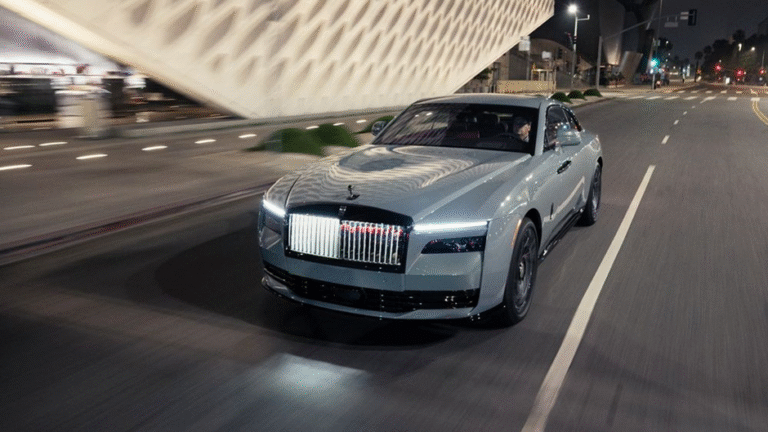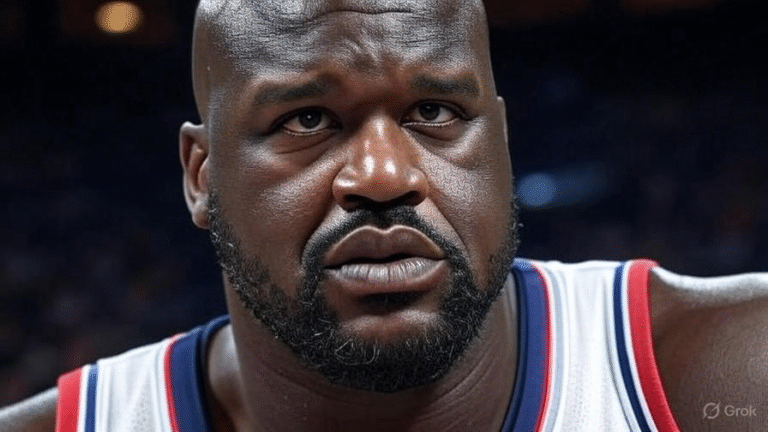BALTIMORE – Chavez Ravine is often called baseball’s Blue Heaven—a realm filled with championships, electric moments, and a team that balances top-tier talent with a relentless drive for victory. Yet, even in this baseball utopia, not every player fits perfectly into the Dodgers’ carefully crafted plan.

Los Angeles operates with razor-sharp impatience; anything less than a championship at season’s end is deemed failure. A mix of expensive free agents and elite prospects is constantly reshuffled to reach the pinnacle of the sport. In this high-stakes environment, players can easily become just another piece on the conveyor belt—disposable parts replaced swiftly by someone deemed more ready for glory.
Miguel Vargas knows this harsh reality all too well. He spent seven years within the Dodgers organization, appearing in 129 big-league games across three seasons, but struggled to solidify a place in the lineup. Last July, his journey took a dramatic turn when he was traded in a three-team deal to the Chicago White Sox—a franchise that had just set a modern MLB record with 121 losses the previous year. The Dodgers gained postseason contributors Tommy Edman and Michael Kopech in the deal, making Vargas part of a bitter exchange.
During his time in L.A., Vargas didn’t produce wins above replacement (WAR), yet he wasn’t left empty-handed. He’ll likely receive a World Series ring when the White Sox visit the Dodgers next month and maintains strong bonds with Dodgers players like Mookie Betts and Andy Pages.
After the trade, Vargas experienced what could only be described as a baseball purgatory: two brutal months where he posted arguably the worst offensive numbers for a regular hitter in MLB history, all while playing for the league’s worst team. His slash line was a grim .104/.217/.170, with 41 strikeouts and just 17 walks in 135 at-bats. The struggles spilled over into the following season, where he posted a similarly dismal .139/.236/.203 line through the first 22 games, totaling just 25 hits in 214 at-bats over two seasons.
At this point, it would’ve been easy to write Vargas off—a 25-year-old slugger once ranked among baseball’s top prospects now seemingly a miss in a game littered with them. But the story wasn’t over.
The turning point came after a crucial meeting with White Sox hitting coaches in Minnesota. They suggested a subtle yet impactful mechanical adjustment: raising his hands higher in his batting stance to better handle fastballs up in the strike zone. This tiny tweak, barely noticeable to most, unlocked Vargas’s potential.
Since that conversation five weeks ago, Vargas has been on fire—hitting 38-for-121 with eight home runs, a .371 on-base percentage, and a .904 OPS over his last 32 games. While still a fraction of a season, this surge marks the longest, most consistent stretch of success in his big-league career. It’s a promising sign for a player who may finally reclaim the “vaunted” label once pinned on him.
“It worked immediately, and I trusted it,” Vargas said. “Confidence is everything for a hitter. When you have it, you can do real damage. Anything can happen.”
His renewed confidence is already shaking up the White Sox roster. On May 23, the team optioned longtime first baseman Andrew Vaughn to AAA amid his own slump, while Vargas began splitting time at both corner infield spots. Will Venable, the White Sox manager in his first year, praised Vargas’s growth: “He’s always been confident and sees the game in an advanced way. After the adjustment, he’s impacting the baseball like he always envisioned. He’s going into every game with the tools and mindset to play great baseball.”
Vargas’s bright outlook mirrors the larger White Sox organization—a team still in rebuild mode but showing glimpses of promise. The crushing 121-loss season brought turmoil: manager Pedro Grifol was fired, and key players like Kopech and Erick Fedde were traded. It was into this chaotic environment that Vargas stepped, suddenly a fixture in the lineup despite never logging more than 94 at-bats in a single month with the Dodgers.
“I put a lot of pressure on myself,” Vargas admitted. “My expectations were higher than last year’s. I was trying to find my way and felt frustrated.”
Even elite players, like Juan Soto, sometimes need time to adjust to new teams. For Vargas, the trade meant leaving a familiar world behind. White Sox assistant GM Josh Barfield explained the challenges: “When you’re traded for the first time, especially as the centerpiece, you leave the comfort of the familiar—coaches, teammates, surroundings. Suddenly, you have to prove your worth all over again to a new league and fan base. It adds a lot of pressure.”
When Vargas arrived, he was playing sparingly and lacked confidence. But with patience and coaching, the real Vargas began to emerge.
Offseason plans didn’t focus on physical milestones or stats; instead, Vargas sought mental clarity and stability. He returned home to Miami, surrounded by family—parents, brother, grandmother, aunts, uncles, cousins. At times, 12 relatives filled Casa de Vargas, providing the support and peace a struggling player desperately needed.
His father, Cuban baseball legend and two-time Olympic gold medalist Lazaro Vargas, and the rest of the family left Cuba in 2015 and now stand firmly behind Miguel. “They are the most important part of my life,” he said. “Having them with me reminds me this is just a small window, a moment in time. Being with loved ones helps me enjoy the game.”
And enjoy the game he does. Despite the White Sox’s ongoing struggles—an 18-39 record so far this season, projecting toward another 111-loss pace—the team’s future is promising. Trades like the one sending Garrett Crochet to Boston brought exciting talent like leadoff hitter Chase Meidroth and catching prospect Kyle Teel, while pitching prospects Noah Schultz and Hagen Smith rank among the top 30 in baseball.
For now, young players like Vargas are learning from veterans and helping set a new tone.
On an off night in Baltimore, Vargas and Meidroth grabbed dinner, sharing stories and talking hitting. “He loves the game and talking about hitting,” Meidroth said. “It was only a matter of time before he broke through. He’s an unbelievable hitter and teammate.”
Vargas, who boasts a .889 OPS across his minor league career, continues refining his approach—working on his swing, studying veterans like Austin Slater and Michael A. Taylor. The onramp to success is finally long enough for his skill set.
Barfield put it simply: “Confidence is hard to build without success. Now, when Vargas steps to the plate, he looks like the minor leaguer we all saw—calm, in control, picking his pitches. It doesn’t matter who’s on the mound. He believes he’ll succeed every time, and that shows in his demeanor.”
After years of struggle, Vargas is finally realizing his potential—proof that sometimes, to find yourself, you have to be willing to fall first.



